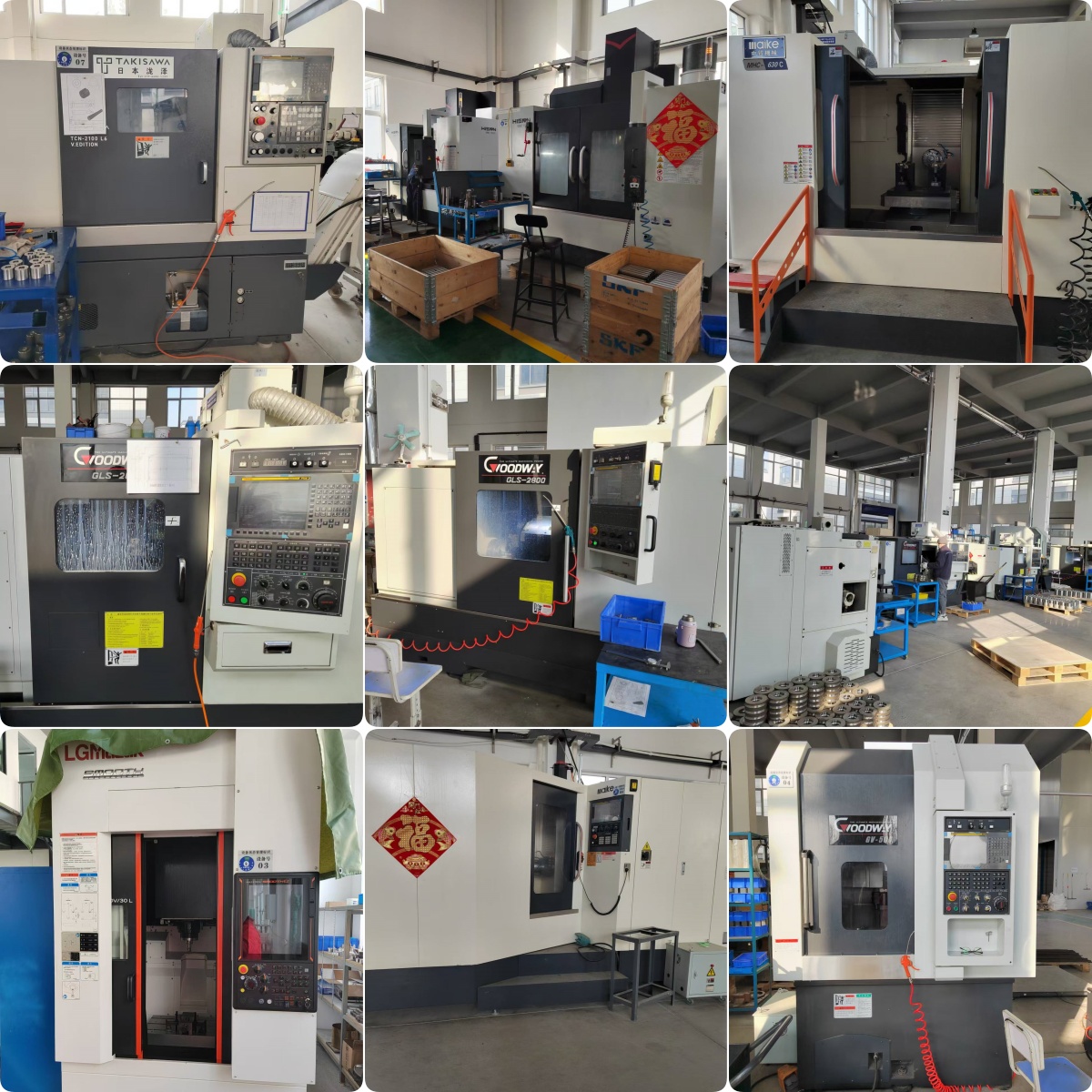

The advantages and disadvantages of CNC machining centers
Advantages of CNC Machining Centers
1. High Precision: Leveraging CAD/CAM software, CNC machining centers can achieve extremely accurate machining operations. They significantly reduce human - error risks compared to manual machines, ensuring consistent and high - quality output.
2. Time - Efficiency: These machines can operate continuously for extended periods, only pausing for maintenance. This non - stop operation shortens production cycles, enhancing overall productivity.
3. Versatile Production Capacity: Whether for prototyping a single piece or mass - producing multiple items, CNC machining centers can handle various production scales with ease. They support batch - process manufacturing from the same design.
4. Wide Range of Materials: They can machine a diverse selection of materials, including metals, plastics, and composites. This versatility enables the production of a broad spectrum of products.
5. Reliability: Since operations are software - driven instead of relying on human manual labor, errors are minimized when the programming is correct. This results in consistent and reliable production outcomes.
6. Complex Geometry Processing: Equipped with multiple axes (2 - 7 axes), CNC machining centers can handle highly complex geometries, making it possible to produce intricate parts that are difficult to manufacture using traditional methods.
7. Scalability: They can maintain the same high level of precision and quality regardless of whether one piece or hundreds are produced. Additional batches can also be produced with the same specifications.
8. Energy - Efficiency: Advanced CAM software allows for pre - production processing, optimizing energy consumption. Producing on - demand and reducing inventory also contribute to lower carbon emissions.
Disadvantages of CNC Machining Centers
1. High Cost: The purchase, programming, and maintenance of CNC machining centers can be expensive. Costs are influenced by production quantity, part size, material, processing time, and complexity.
2. Size Restrictions: There are limitations on the size of parts that can be manufactured. For larger pieces, splitting or alternative manufacturing methods may be needed. Small and fragile parts can also pose challenges during machining.
3. Material Waste: As a subtractive manufacturing process, CNC machining can generate significant waste, especially when complex designs require a large amount of material removal.
4. Design Limitations: Certain features like sharp inner angles, cavities, extra - thin walls, or tiny holes can be difficult or impossible to achieve with CNC machining centers. Designs may need to be adjusted to be CNC - friendly.
5. Operation Errors: Despite high reliability, errors can occur due to poor operator training or lack of experience, potentially leading to faulty parts or production delays.
6. Material Availability: Not all materials are suitable for CNC machining, and some may be difficult to source or process. Compatibility with the machine and manufacturing requirements needs to be carefully verified.
7. Mass Production Time: While suitable for mass production, compared to some other manufacturing technologies like injection molding, setting up and programming for large - scale production on CNC machining centers may take longer.
8. Lack of Reliable Service Centers: Finding experienced and reliable service providers for maintenance and repair can sometimes be challenging.
